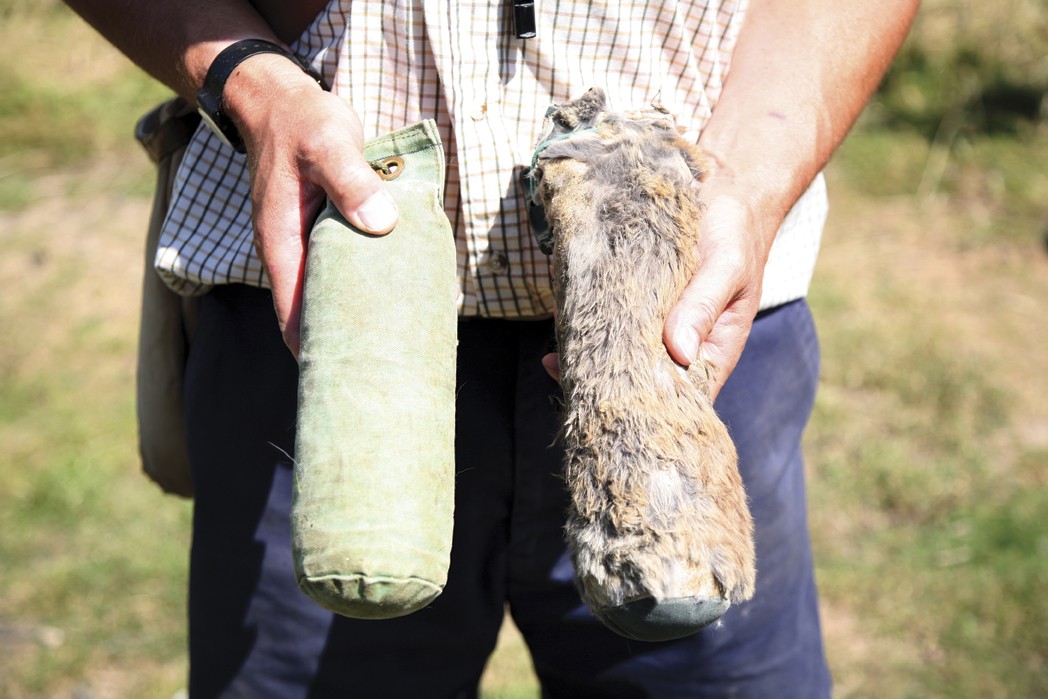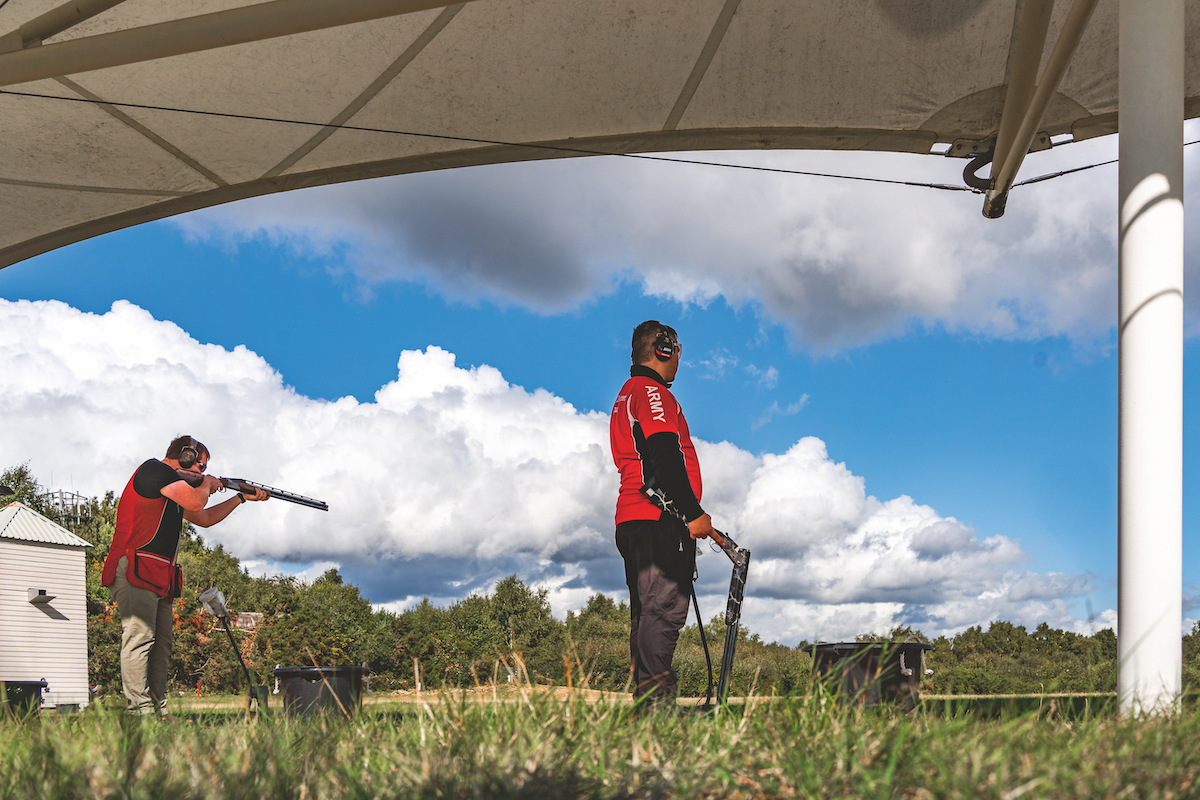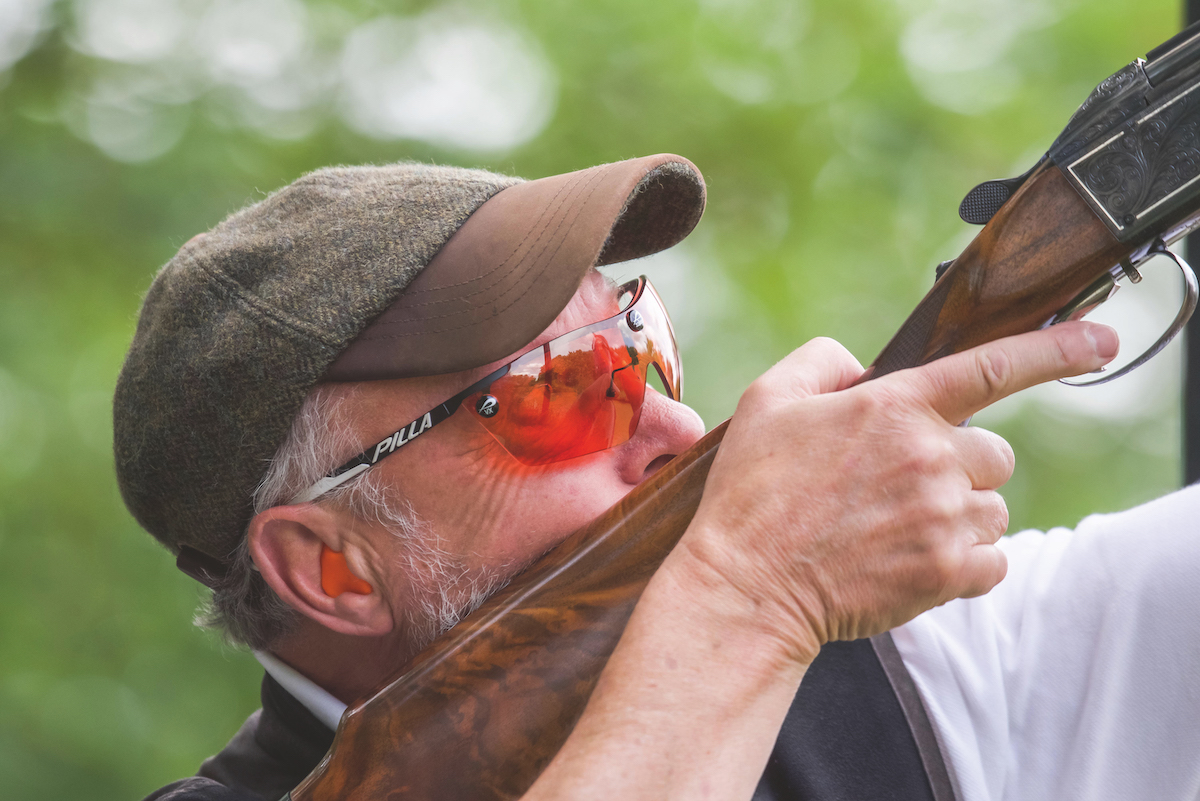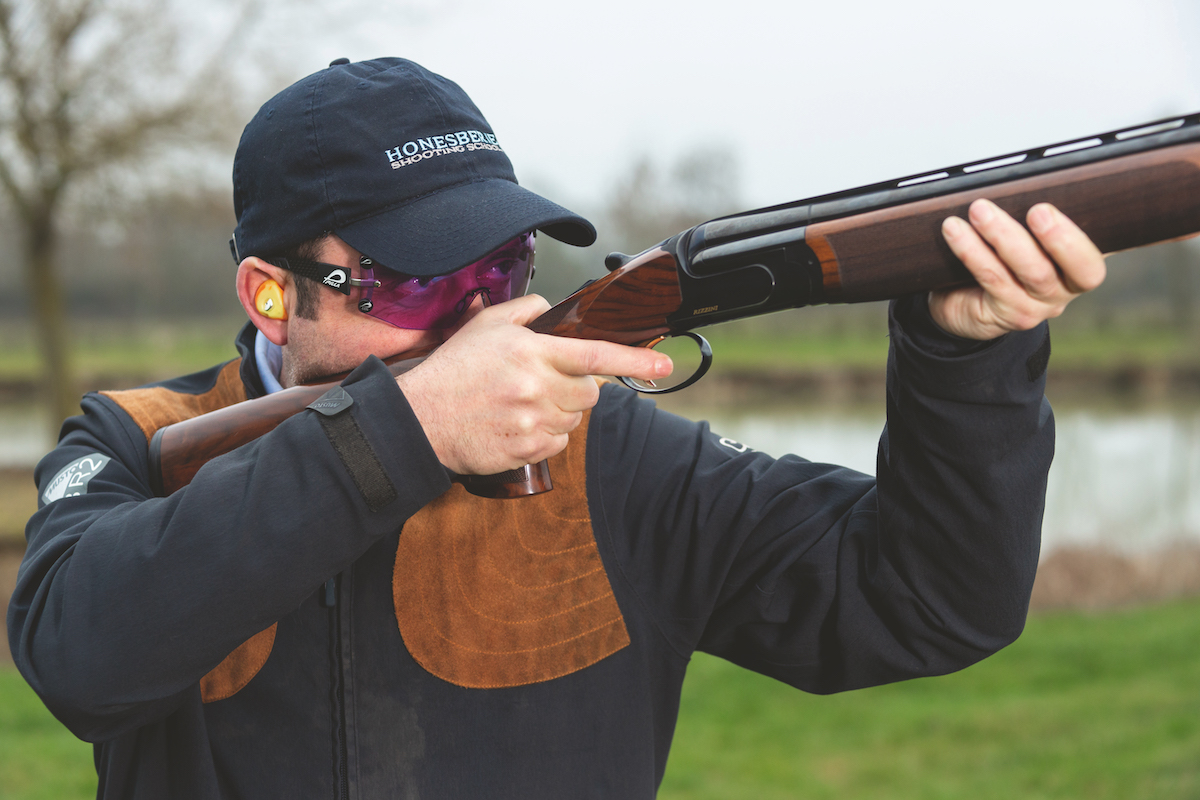How to get your gun dog to jump

What if your gun dog doesn’t know how to jump?
A reader pointed out his cocker used to jump readily into a vehicle, but for some unknown reason it now completely refuses to do so and has to be lifted in every time. Obviously there are a few points we need to get sorted here, but the first thing is to get the gun dog jumping confidently.
I find a low, rabbit-netting fence is ideal. It helps if there’s a board along the top of the wire so the gun dog can see how high it has to jump and, if necessary, use it as a platform to help it scramble over. Remember, as a trainer you need to offer an incentive so the dog enjoys jumping – as well as the reward that follows for performing the task.
Down here at Tawnyhill I’ve created the ideal set up by using our smallest rabbit pen. In a nutshell, when we’re steadying a young dog in this pen the reward to jump is, literally, being able to see, and flush, rabbits.
With a retriever you obviously don’t want it to get into the general habit of flushing rabbits, so the reward has to take the form of a retrieve. Incidentally, at this stage be careful you don’t give the dog a dummy that it’s not normally enthusiastic about retrieving. For example, a lot of dogs will retrieve a canvass dummy adequately, but they’re mad keen to get hold of a rabbit-skin dummy or item of cold game.
If you decide to use cold game, try and use something fairly small to start with, such as a partridge or feral pigeon, because this will make it easier for the dog when it’s jumping. You then gradually increase the size and weight of the retrieve to the largest cock pheasant – or whatever game you are likely to shoot.
The first jumping lesson should be a relaxed affair, with the dog on a lead. Remember to encourage the dog all the time. With a spaniel we step over the jump first and then, with lots of encouragement (even helping the spaniel to scramble over if necessary) ask the dog to follow. This is usually the first step a dog takes to becoming a proficient jumper.
Don’t overdo the jumping for a start; one or two times for each lesson in the rabbit pen is usually sufficient. We often find a dog will become so enthusiastic to get into the rabbit pen it will start to jump the fence as soon as you get to it.
There is one situation where things can start to go wrong, particularly where cocker spaniels are concerned. Being the characters they are, they soon work out that if they sit next to the fence – looking at you with appealing eyes – you will pick them up and lift them over.
Now, with most cockers any kind of touching by you is absolute bliss to them. So, going back to what my client said about his dog: I asked him if he ever picked it up and lifted it in the back of the car?
He confirmed this was the case, saying he’d only done so because his wife had put pressure on him to pick the poor little dog up instead of making it jump. At this point the penny dropped – the little fellow was refusing to get into the car simply because it knew it was going to be lifted in!
Anyway, let’s get back to training our own spaniel to jump.
When the dog is happy jumping a small fence to get into the pen, we start to introduce the ‘over’ command which makes the dog associate the command with the act of jumping.
At this stage of the game we keep the dog on a fairly long lead so we can introduce a measure of control over its actions. The next step is to hup the dog as we approach a fence, pause for a short while, then give it the over command.
Remember to encourage the dog to jump. Immediately it lands on the other side we hup it again. Obviously we can control the dog’s actions with the longer lead and by doing this exercise on a daily basis the lesson will soon become second nature. Eventually the dog will hup as you approach a fence without being asked to do so. We can now dispense with the use of the longer lead and gradually expand the dog’s jumping ability to take on other obstacles, but only ever on command.
This is important because the lesson can save some rather large veterinary bills when the time comes to take to the shooting field proper.
And for retrievers?
With retrievers we follow a similar programme to the one explained already, the only real difference is we use a dummy as the incentive to get the dog to jump over the fence initially, not the sight of a rabbit.
The way we approach this is by sitting the dog a couple of yards away from the fence. Throw the retrieve over, give the dog the fetch command and just as it jumps over, introduce the over command.
When the dog is jumping cleanly and confidently (both with and without the retrieve) we then start to increase the distance we send the dog to a fence. When the dog approaches the jump we should always give the over command but with a retriever we do not insist on it stopping first before jumping.
However, what we do need to do is occasionally stop the dog on the whistle on its way to a jump. In this way we know we can always stop the dog on its way to a retrieve if we can see the jump it’s about to tackle is dangerous. We still insist, however, on the dog jumping to command at the later stages.
Tony can be contacted at Tawnyhill Gundogs. Telephone 01795 886046, or check out his website at: www.tawnyhillgundogs.co.uk








